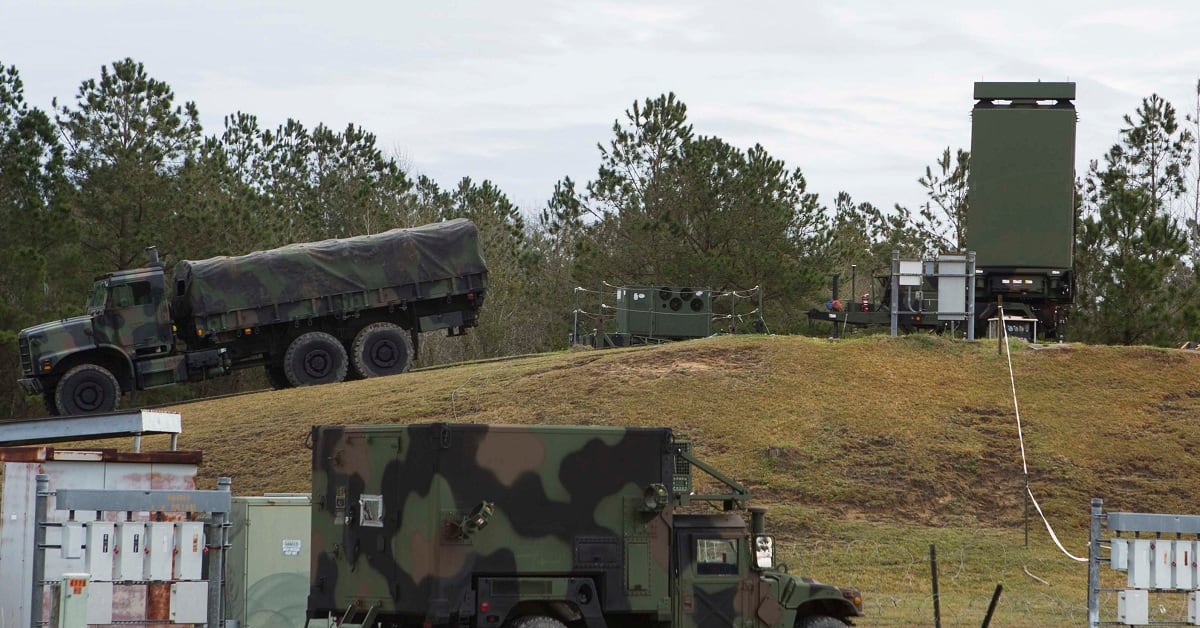The recent delivery of a new advanced air defense system on Thursday shows the Corps is getting serious about a looming air defense threat.
Air defense is something the Corps hasn’t had to think much about over the past 17 years in Iraq and Afghanistan, where U.S. aircraft have dominated the airspace. An advanced radar system will be pivotal to the Corps as it prepares for a potential fight with near-peer adversaries where air and ballistic missile threats are rising.
On Thursday Northrop Grumman delivered the first Ground/Air Task-Oriented Radar, or G/ATOR, which incorporates a new advanced high-powered antenna technology known as GaN.
“The incorporation of this advanced technology in production radars is unique to the Marine Corps and enables G/ATOR to provide additional mission capability to the warfighter at an affordable cost,” Roshan Roeder, vice president, land and avionics C4ISR division at Northrop Grumman, said in a press release.
The short and medium range radar system is capable of detecting cruise missiles, air breathing targets, rockets, mortars and artillery. An air breathing target could be any missile that requires the intake of air for combustion.
The radar can also double as an air traffic control system.
The highly mobile G/ATOR system will aid the Corps’ mission in the Pacific where its forces will be decentralized, operating on remote islands and floating bases.
The air and missile threat to the Corps is very real, especially in the Pacific where China has been busy advancing its ballistic missile capability.
The threat prompted a high-level meeting between Marine Commandant Robert B. Neller and Air Force Chief of Staff Gen. David Goldfein in late March. It was the first meeting the two service heads have held since 2011.
“When you think about enemy air attacks, you think about jets and bombers and stuff,” Neller explained to audience members at the Atlantic Council in April. “I think the real future in enemy air attack is going to be swarming drones.”
The Corps has upped the ante on its air defense investment. The latest draft of the annual defense legislation includes nearly $225 million for procurement of six new G/ATOR systems, about $86 million more than in 2017.
The delivery is the seventh overall low rate initial production G/ATOR system the Corps has received, and Northrop Grumman says the new technology will enhance radar sensitivity and improve overall reliability, according to a press release.
“The delivery of our first GaN system is another major milestone in getting much needed advanced capability in the hands of our Marines,” Manny Pacheco, a spokesman PEO Land Systems Marine Corps, told Marine Corps Times. “GaN based Transmit/Receive (T/R) modules operate at a significantly higher efficiency and are designed to provide significantly higher output power while generating less heat than the T/R modules they replaced which is anticipated to increase reliability.”
Northrop Grumman says that all future deliveries of the G/ATOR will incorporate the GaN advanced technology.
The Corps began receiving its G/ATOR radar system in 2017 and achieved initial operational capability in February.
Northrop Grumman and the Corps expect full rate production of the G/ATOR system in early 2019.
Shawn Snow is the senior reporter for Marine Corps Times and a Marine Corps veteran.





